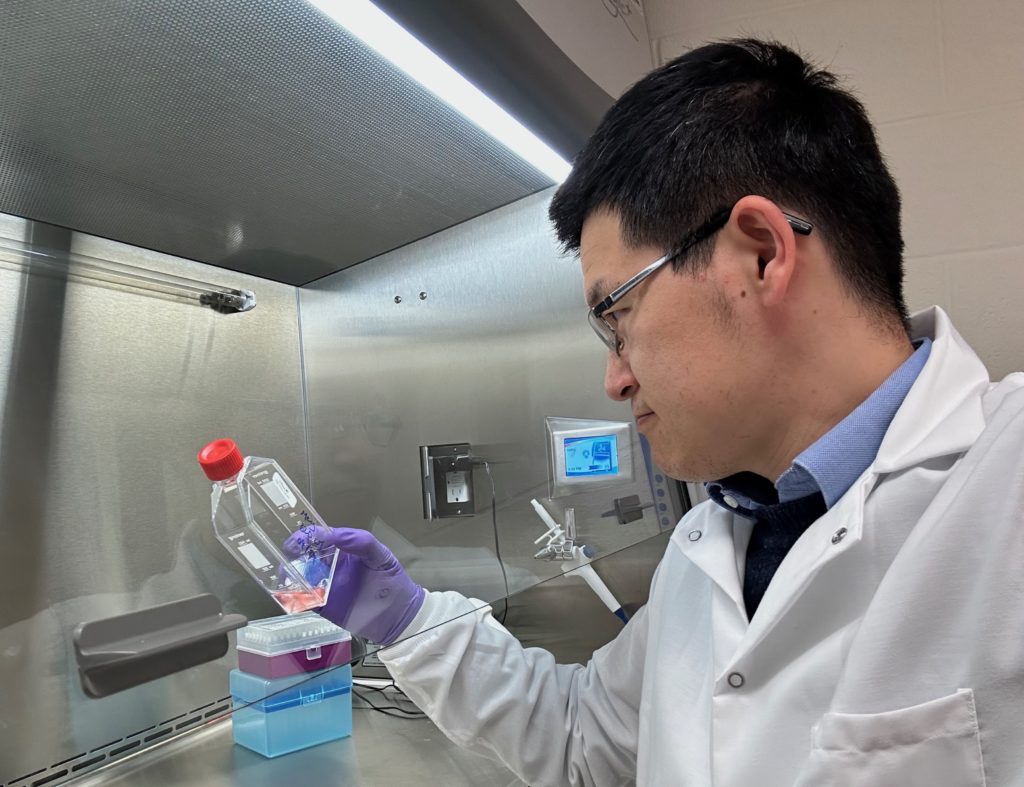Aldehydes, including acetaldehyde and formaldehyde, can cause DNA damage by inducing DNA interstrand crosslinks, which cause damage to hematopoietic stem cells, leading to bone marrow failure and cancer in people with Fanconi anemia (FA). Exposure to aldehydes is inevitable and cannot be prevented, as they are produced endogenously by cellular metabolism. In addition, external exposure can occur either through ingestion of food or drinks with high aldehyde levels and/or through other environmental factors.
There are currently no available tests to measure intracellular (inside a cell) aldehydes in people. Such a test would be useful because it would provide an indication of the aldehyde load of people with FA and aid in our understanding of the relationship between aldehyde exposure and FA. At the 2019 FARF Scientific Symposium, Mr. Hyun Shin Park, a graduate student from the laboratory of Dr. Eric Kool (Stanford University), presented on a new way to measure intracellular aldehyde levels in human blood by analyzing leukocytes before and after ingestion of ethanol. Mr. Park used a technology called the DarkZone probe and a laboratory technique called flow cytometry to measure intracellular aldehyde. He found that the technique is reproducible, precise and suggests that intracellular aldehyde concentrations in leukocytes are substantially higher than previous estimates of whole blood or serum aldehyde levels.
More research will be required to determine whether this technology can be used for people with FA; and, whether knowledge of intracellular aldehyde concentrations can help unlock the mechanisms of bone marrow failure or cancer development in people with FA.




